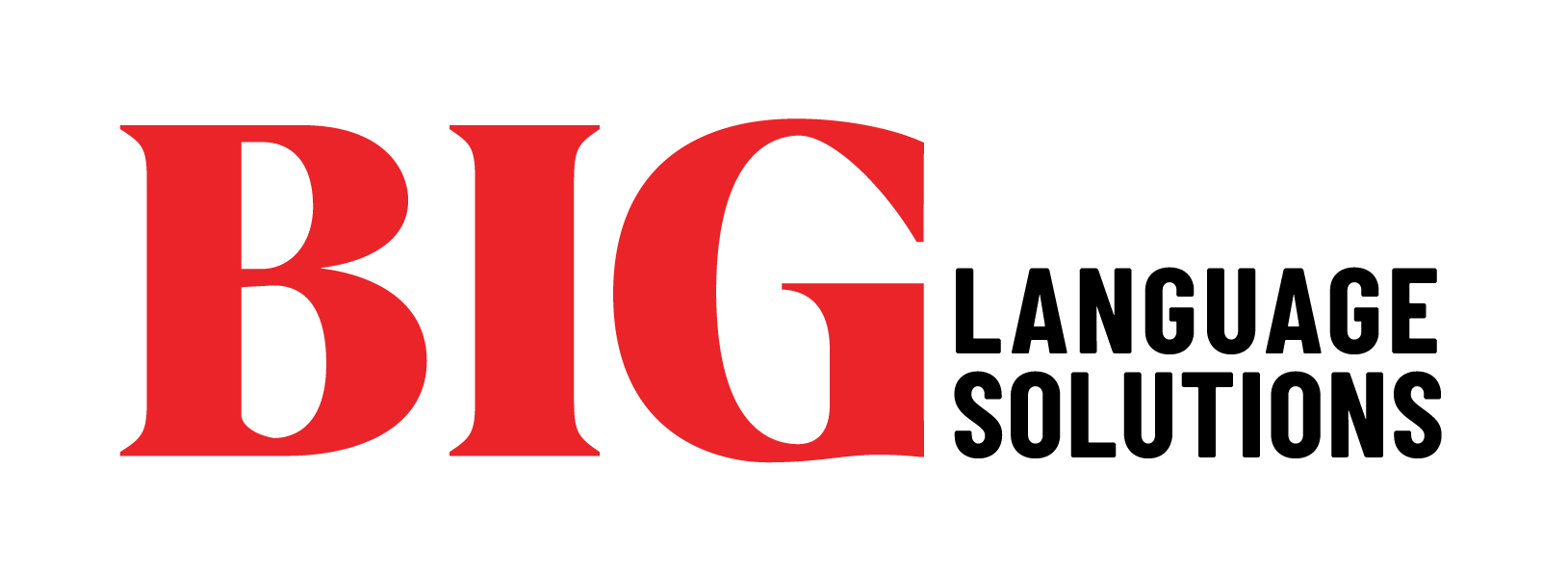When offering language access solutions, including translation and interpretation services, to your clients, it is possible that you will want to convey information and advice about healthy nutrition. While a literal translation of the source content may be helpful, nutrition is complex and culturally dependent. If the intent is to change behavior it is important to understand nutrition within its cultural context. It is important to evaluate unconventional diets in the US and recognize they contain the essential nutrients necessary for health and sustenance. Cultural considerations, including abstaining from certain foods, also matter in a given context. Your interpreter or translator will want to be able to mediate any concerns or questions that your patient has when discussing nutrition.
Cultural Concerns With Nutrition
While many of the healthiest individuals eat remarkably similar meals around the world, relying on lean proteins, whole grains, fruits, and vegetables that are available locally, there are actually a wide variety of ways to eat in a healthy manner across the globe. As you get to know a new patient, especially where there is a language or culture barrier, make sure you are asking questions that give you as complete an understanding as possible. For example, in Chinese culture, understanding the concept and importance of hot and cold foods and how they are utilized to regulate health at an individual level will help you better connect with your patient to drive behavior change. Likewise understanding the dietary restrictions of religious beliefs such as those observed by both Islamic and Jewish faiths in their prohibition of pork or Hinduism in its prohibition of beef will help build insightful and trusting relationships. Having this information will allow you to give more personalized advice on when to take medications, how to regulate blood sugars, or how to modify eating behaviors.
Recognizing that many cultures tie their eating habits to the customs of their families can also be an important concern. Try asking, through your interpreter, if the family all eats the same food together most often, or if there are modifications for different individuals. Does the family follow any religious traditions or holidays that create modifications to their traditional diet? This can help you determine whether eliminating or changing food in one’s diet would create undue strain on the family’s mealtime rituals. Changing portion size, for instance, might be a more appropriate and less disruptive suggestion.
Most importantly, do everything you can to enlist the patient in developing his or her own plan once they understand the health challenges they face.
Conveying Non-Judgmental Medical Advice on Nutrition
It is important to set aside, as much as possible, any judgments about the choices of a family or a cultural background and their nutrition needs. The different environments around the world have shaped nutrition choices over many generations, so do what you can to approach new cultural nutrition choices with an open mind. That being said, it is valuable to help patients see the scientifically-backed connections between the nutrients they consume and any digestion-and-nutrition-related symptoms they experience. If disease or physical distress is happening, it is possible to talk with your patients in a way that helps to connect cause and effect without passing judgment over the existence of cultural food choices. If anything, a great place to start is with the emotional, positive connections that most cultures have with food: what do they love? What are their favorites? Establishing food as “not the enemy” can go a long way to having a positive interaction.
Creative Methods For Bridging Cultural Barriers
For providers:
- If you and your patients have trouble communicating, even with comprehensive language access solutions in place, consider asking them to take pictures of the food they make, bring in food labels, or share photographs from the internet of their most common meals. This can help you understand if there might be one or two ingredients causing, for example, an allergic reaction, or if portion size might be contributing to a problem.
- Have a conversation about the meaning and value of food in cultural contexts, if the person is open to it. What are foods that are just for holidays, versus foods for everyday consumption? As you build an understanding, you may discover where a particular vitamin deficiency or other concern is arising. You can offer small, clear interventions that don’t disrupt their entire food culture in order to move toward wellness.
- Work with your interpreter, who may have knowledge of the cultural context of the language he or she is speaking. This may help you approach with new questions or suggestions that feel more natural and normal for your patient.
For Health Plans:
- Define your high-frequency disease (diabetes, obesity, cardiovascular care) management plans within a cultural context.
- Survey your member populations within the appropriate threshold languages to better understand their nutrition habits.
- Educate your members by providing both culturally and linguistically appropriate materials.








